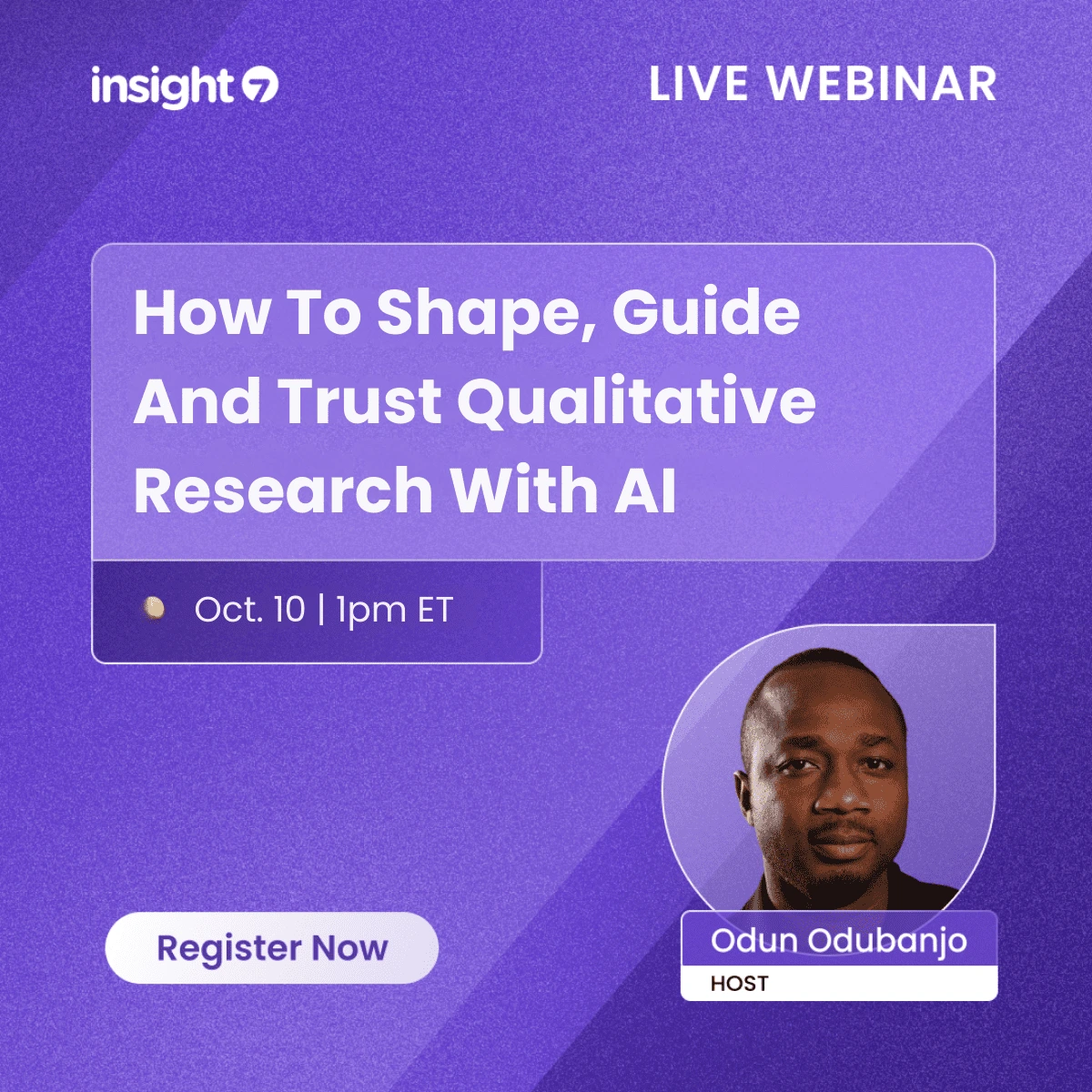Speech Analytics Call Center Tools Every CX Leader Should Know
-
Bella Williams
- 10 min read
Understanding customer interactions is more crucial than ever in today’s competitive landscape. This article focuses on the essential speech analytics tools that every Customer Experience (CX) leader should be aware of, especially in the context of today's rapidly evolving call center landscape. With the increasing demand for personalized customer interactions and data-driven decision-making, understanding these tools is crucial for enhancing customer satisfaction and operational efficiency. Readers will gain insights into how speech analytics can transform their call center operations and drive better business outcomes.
Current Market Urgency for Speech Analytics in Call Centers
As customer expectations rise, businesses face the challenge of delivering personalized service that meets these demands. Customers now expect timely, relevant interactions, and any delay or miscommunication can lead to dissatisfaction. Traditional methods of assessing customer interactions, such as manual call reviews, often fall short. They fail to capture the full scope of customer sentiment and behavior, leading to missed opportunities for improvement.
The landscape has changed dramatically with advancements in AI technology and the shift towards omnichannel communication. Customers interact with brands across various platforms, and the ability to analyze these interactions in real-time has become essential. The competitive environment necessitates quick, informed responses to customer needs, making speech analytics a vital tool for CX leaders.
What Is Speech Analytics in Simple Terms?
Speech analytics involves using advanced technologies to analyze customer interactions in call centers, extracting valuable insights from voice data. Unlike manual or legacy methods, which rely on subjective assessments and are time-consuming, speech analytics automates the analysis process, providing a comprehensive view of customer interactions.
This approach unlocks capabilities that were previously unattainable, such as real-time sentiment analysis, trend identification, and proactive issue resolution. By leveraging these insights, organizations can enhance their customer experience and operational efficiency.
What Can Organizations Actually Do With Speech Analytics?
- Real-Time Sentiment Analysis → Enhanced Customer Satisfaction: Understand customer emotions during interactions to tailor responses.
- Trend Identification → Informed Strategic Decisions: Spot emerging issues and opportunities based on customer feedback.
- Compliance Monitoring → Reduced Legal Risks: Ensure adherence to regulations and internal policies.
- Agent Performance Insights → Improved Training Programs: Identify strengths and weaknesses in agent performance for targeted training.
- Customer Journey Mapping → Optimized Service Offerings: Visualize customer interactions to enhance service delivery.
Corporate Investment Trends in Speech Analytics
The increasing focus on customer-centric strategies is driving the adoption of speech analytics. Businesses recognize the need for data-driven insights to address pain points such as missed follow-ups, lost deals, and inconsistent service quality. Speech analytics directly addresses these issues by providing actionable feedback and insights that enhance service quality.
Moreover, the speed and personalization advantages offered by speech analytics enable organizations to respond faster to customer inquiries and tailor interactions based on individual preferences. This capability is essential for maintaining a competitive edge in today’s market.
What Data Makes Speech Analytics Work?
Essential input data for effective speech analytics includes call transcripts, CRM data, and quality assurance scores. Having diverse data sources improves accuracy by providing a holistic view of customer interactions. Integrating various data points leads to richer insights and better decision-making, allowing organizations to understand customer behavior more comprehensively.
The right foundation of data quality and integration is crucial for effective speech analytics. High-quality data ensures that insights derived from the analysis are reliable and actionable.
Speech Analytics Operational Framework
- Data Collection: Gather raw audio data from calls and voicemails.
- AI Processing: Utilize AI to convert unstructured audio into usable insights.
- Pattern Recognition: Identify sentiment, keywords, and trends within the data.
- Model Improvement: Continuously learn from historical data to enhance accuracy.
- Real-Time Delivery: Provide insights to agents and managers in real-time.
- Feedback Loop: Track results and refine strategies based on performance metrics.
Where Can Speech Analytics Be Applied?
- Sales Optimization: Insights from speech analytics can boost win rates by identifying successful sales strategies and customer preferences.
- Training Enhancement: Analytics drive better training outcomes by pinpointing agent weaknesses and areas for improvement.
- Customer Retention: Monitoring sentiment helps improve resolution rates and reduce churn by addressing customer concerns proactively.
Platform Selection and Tool Evaluation
When evaluating speech analytics tools, features such as accuracy, integrations, multilingual support, and user-friendly dashboards are essential. An AI-powered platform offers significant advantages over traditional methods, including efficiency, scalability, and enhanced data utilization.
Example Comparison:
| Feature | AI-Driven Platform | Traditional Approach |
|---|---|---|
| Summaries | Automatic | Manual notes |
| Sentiment | AI detection | Subjective scoring |
| Forecasting | Predictive | None |
| Scale | 100% of calls | Limited sampling |
| Multilingual Capabilities | Yes | No |
What Mistakes Do Companies Make With Speech Analytics?
Common pitfalls in implementing speech analytics include:
- Poor Data Quality: Low-quality data can lead to inaccurate insights and misguided decisions.
- No Stakeholder Alignment: Lack of buy-in from relevant departments can hinder the effectiveness of analytics initiatives.
- Over-Reliance on Automation: Neglecting the human element in customer interactions can diminish the quality of service.
- Weak Integration into Workflows: Failing to integrate analytics into existing systems can limit their impact.
Speech Analytics Implementation Roadmap
- Integrate with existing tools (CRM, contact center, etc.)
- Sync historical data for baselines
- Configure dashboards by role/team
- Train and refine models
- Roll out pilot use cases
- Expand and optimize with feedback loops
What Does an Ideal Speech Analytics Setup Look Like?
To maximize ROI, organizations should focus on continuous improvement and adaptation to changing customer needs. Teams should structure review cycles to regularly evaluate analytics performance and ensure that insights are actionable. Ideally, organizations should have a substantial amount of historical data for training models, while balancing automation with human input to maintain quality interactions.
Success Metrics and Performance Tracking
Key metrics to track include:
- Conversion Rate Improvement: Measure the impact of speech analytics on sales outcomes.
- First-Call Resolution Rate: Assess efficiency in resolving customer issues.
- Training Impact: Evaluate the effectiveness of training programs based on analytics insights.
- Forecast Accuracy: Measure the predictive capabilities of the analytics tools.
The universal principle is that success comes not from merely having analytics but from using insights to make better decisions and actions.
FAQs About Speech Analytics
- What is it? → Speech analytics is the process of analyzing customer interactions to extract actionable insights.
- How is it different from old methods? → Unlike traditional methods, speech analytics automates the analysis process, providing comprehensive insights.
- Can it integrate with my CRM? → Yes, most speech analytics platforms offer integration capabilities with popular CRM systems.
- How much data is needed? → A substantial amount of historical data is ideal for training models effectively.
- Is it compliant and secure? → Reputable speech analytics platforms adhere to industry standards for data security and compliance.
Common Challenges and Solutions
Organizations may face challenges such as data privacy concerns, user adoption issues, and technical integration hurdles when implementing speech analytics. To overcome these challenges, businesses should prioritize data security, provide comprehensive training for users, and ensure seamless integration with existing systems.
Final Takeaway
Speech analytics tools are transforming the future of sales, customer service, and operations. By adopting the right platform, teams can shift from reactive to proactive strategies, leveraging data for strategic advantage. CX leaders are encouraged to explore recommended platforms and consider piloting a project to harness the power of speech analytics in enhancing customer experience and operational efficiency.







